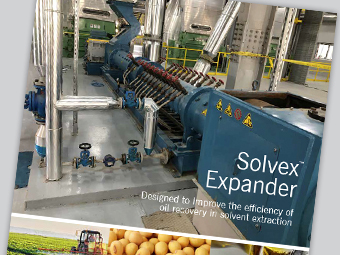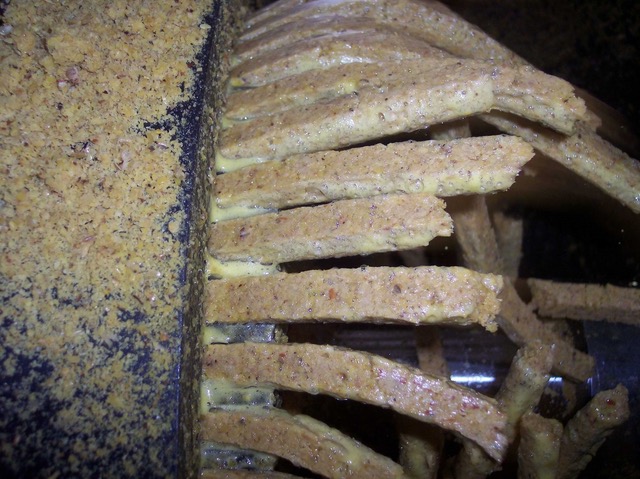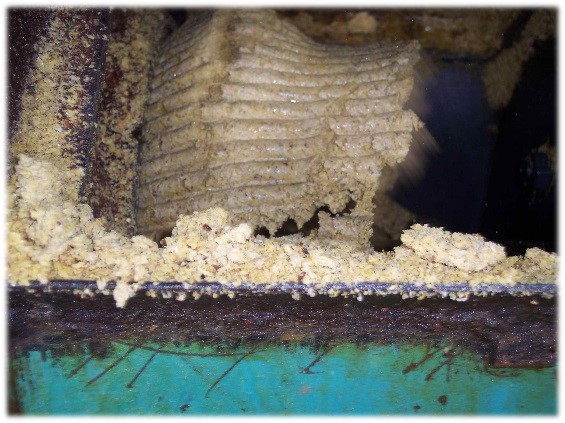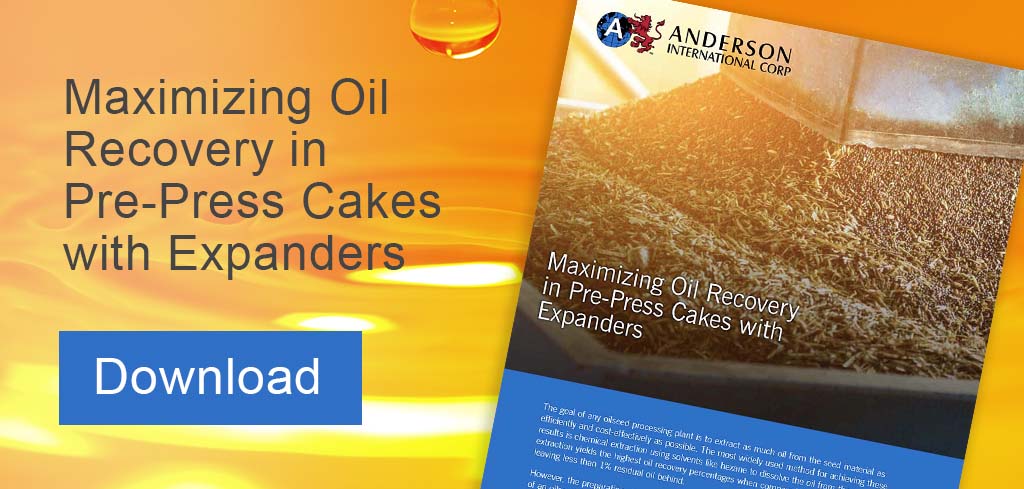
The solvent extraction of soybean oil has become the most popular extraction method used across the globe. With a distinct advantage over traditional mechanical pressing, solvent extraction yields higher oil recovery and greater efficiency, leaving less than 1% residual oil in the meal.
Like all oilseed processors, plant operators using solvent extraction strive for efficiency and profitability. Yet, some operators overlook a critical step in their soybean oil extraction process to save significant time and energy.
Solvent extraction
In solvent extraction, flaked soybeans are washed with hot solvent, typically hexane, to separate the solids from the fats. Multiple washes dissolve the oil and carry it away. This oil solvent combination is also known as the miscella. The remaining material is the wet meal and solvent, also known as the marc. The marc and miscella are then subjected to heat treatment to remove the hexane and leave the finished products.
An extractor’s efficiency, the number of solvent washes needed, and the amount of hexane used can vary significantly between machines. The use of an expander, like the Anderson Solvex™, can provide several critical benefits to increase solvent extraction efficiency.
How it works
Much like the Dox Extruder does for an expeller, the Solvex expander prepares the oilseed for an extractor. Both machines use heat for cooking the oilseed. However, unlike the Dox, which uses friction to generate heat, the Solvex uses steam as its primary heat source. Using steam generated heat, the screw propelling the material through the expander requires less horsepower per ton, allowing operators to process more material in a given timeframe.

How the Solvex Expander Works
The Solvex uses steam as its primary heat source. Using steam-generated heat, the screw propelling the material through the expander requires less horsepower per ton, allowing operators to process more material in a given timeframe.
The material exits the expander at the discharge openings under extreme pressure. As the material hits atmospheric conditions, the injected moisture suddenly expands to steam and explodes outwards, creating a network of pores in the soybean. As the heat escapes and vaporizes off, the material cools, solidifies, and gets harder – transforming the material into what processors refer to as soybean collets.
This new structure of porous, dense, large collets replaces the flaked soybeans that would otherwise be entering the extractor, resulting in a series of benefits.
Read more: The difference between Anderson expanders and extruders


Benefits
Let’s look at some of the benefits of using an expander to prepare oilseeds for extraction.
Increased capacity
The expander compresses the material, which allows for more capacity in the extractor. Specifically, the Solvex allows the extractor to accept 50% more soybean without any change in bed depth or residence time in the extractor. More capacity means reduced energy consumption and decreased operational costs.
Reduced solvent exposure
The large, porous collets, as opposed to the flakes, allow the solvent to flow faster and dissolve the fat more quickly. The hexane drains more effectively and reduces the amount of solvent required during extraction, saving processors from costly increases in solvent expenses.
Reduced solvent recovery
The solvent must be removed from both the marc and miscella to complete processing. Less solvent during washing means less heat is required downstream to remove the solvent. Specifically, Anderson’s Solvex reduces the amount of solvent for recovery by 40% in the marc and 20% in the miscella.
Transform poor quality flakes
The expander can transform low-quality flakes into easily extracted collets, allowing operators to decrease the demands on flaking rolls. The rolls can run at a higher capacity, consume less horsepower per ton, and require less maintenance.
Re-form pre-press cakes
An expander can re-form dense pre-press cake into a porous collet for improved extractor efficiency on high oil content materials, providing similar benefits as with soybeans.
The Anderson difference
Anderson International invented the expander in 1966, paving the way in the industry for better efficiency in solvent extraction. Over the past few decades, equipment manufacturers began to develop their own versions of the expander.
But not all expanders are created equal. An easy pitfall of oilseed processors is to seek out the lowest priced machine instead of a machine with the best capability to compress and rupture the oilseed. A lower cost upfront may likely translate into higher costs later due to a less robust design and reduced efficiency in the process. A forward-thinking processor will consider both the machine’s quality and its ability to compress the material into a dense, porous collet for greater efficiency in the extractor.
The Anderson Solvex has a long history of providing more efficient oil recovery in solvent extraction. The Solvex will pay for itself through increased capacities with better residuals and decreased energy and solvent consumptions.
Contact our experts today to learn more about adding the Anderson Expander to your operations.
